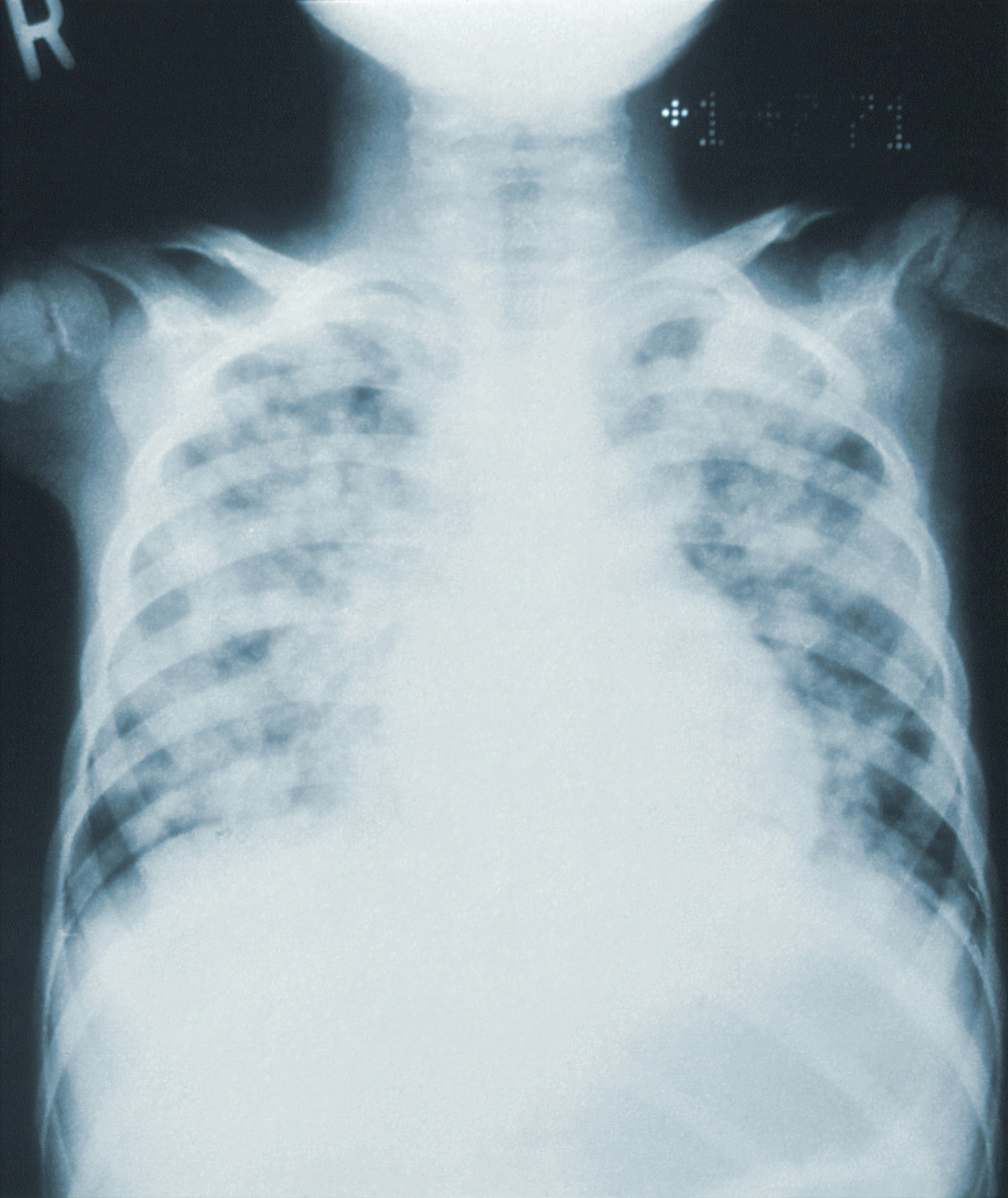SMART

Balanced Crystalloids versus Saline in Critically Ill Adults
Semler MW. NEJM February 27 2018; published on line. DOI:10.1056/NEJMoa1711584
Clinical Question
- In critically ill patients does the administration of balanced crystalloids compared with saline, reduce a 30 day composite outcome of death, new renal replacement therapy or persistent renal dysfunction?
Background
- Saline is the most commonly administered crystalloid but it’s safety has been questioned in retrospective observational studies and experimental models as the high chloride load may decrease renal cortical blood flow, increase risk of death and increase the need for renal replacement therapy
- The SPLIT trial compared plasmalyte-148 to normal saline in 2278 critically ill patients. There was no difference in the primary outcome of acute kidney injury or requirement for renal replacement therapy and no difference in hospital mortality (plasmalyte-148 versus saline, 7.5% vs 8.6%, RR 0.87 95%CI 0.66-1.55, p=0.36). However, the repeated signals favouring balanced crystalloids have prompted investigators to conduct trials with adequate power. The PLUS study is currently recruiting patients. 8800 sick ICU patients (predicted death 23%) will be randomised to receive plasmalyte-148 or normal saline. The primary outcome is 90 day mortality
- In the study hospital, in the year prior to this trial, 68.9% of patients received ‘normal’ saline (0.9% sodium chloride) and 31.1% received balanced crystalloids on the ICU
Design
- Randomised Controlled Trial
- Pragmatic, cluster-randomised, multiple-crossover
- For each month of the trial, ICUs were randomised to use saline or balanced crystalloids (alternating the fluid from month to month)
- Unblinded
- The ICUs admitting primarily from the emergency department were allocated the same fluid at the same time, so that any fluid administered in the ED was likely to be the same as that which the patient was allocated to in the ICU. Similarly those ICUs admitting primarily from the operating room were allocated the alternate crystalloid and fluids given in the OR were the same as those allocated in the post-surgical ICUs that month. The only group this did not work for were the post cardiac surgery patients. Their pre-ICU fluid therapy did not necessarily match the allocation in the ICU
- Intention to treat analysis
- The sample size was adjusted from the original 8000 patients to 14000 patients, after observational data suggested the incidence of the outcome in the saline group would be 15% (originally assumed to be 22%). This would provide a 90% power to detect an absolute difference of 1.9% points between groups with a P-value of 0.05
- Conditional odds ratios (considering the ICU the patient was admitted to) and marginal odds ratios (considering the group assignment, age, sex,race, source of admission, mechanical-ventilation status, vasopressor use, diagnosis of sepsis and diagnosis of traumatic brain injury) were presented
Setting
- 5 ICUs in a single US academic centre; Vanderbilt Medical Centre, Nashville, Tennessee
- Medical (34 beds), Neurological (22 beds), Cardiac (27 beds), Trauma (31 beds), Surgical (22 beds)
- Date of study: June 1st 2015 – April 30th 2017
Population
- Inclusion: all adult patients admitted to the ICU
- Exclusion: age <18
- 15802 adults randomised
- Patients were well matched at baseline. The predicted risk of death for the group overall was 9.4% (balanced crystalloid group) and 9.6% (saline group). Acute kidney injury was present in 8.6% and 8.2% respectively
Intervention
- Balanced crystalloid
- All adult patients admitted to certain ICUs were allocated to receive balanced crystalloid (plasmalyte-A or lactated Ringer’s solution)
- If the patient had the relative contraindication of hyperkalaemia or traumatic brain injury, then 0.9% sodium chloride could be used in preference to balanced crystalloid, at the discretion of the treating physician
- 7942 patients were allocated to the balanced crystalloid group
- Median volume of balanced crystalloid administered between ICU admission and hospital discharge or 30 days: 1000ml (IQR 0-3210)
Control
- Normal saline
- All adult patients admitted to the alternate ICUs were allocated to receive normal saline
- 7860 patients were allocated to saline
- Median volume of normal saline administered between ICU admission and hospital discharge or 30 days: 1020ml (IQR 0-3500)
Management common to both groups
- Volumes and rates were prescribed by the treating physicians
- All other management was at the discretion of the treating physicians
- The ICUs swapped their fluid allocation at the beginning of each calendar month
- The unassigned crystalloid was also available for when clinicians believed required for safe treatment of any patient
Outcome
- Primary outcome: MAKE 30 – significantly greater in saline group
- The patient met one or more criteria for a Major Adverse Kidney Event at 30 days: mortality, new receipt of renal-replacement therapy (RRT) or persistent renal dysfunction (defined as a final inpatient creatinine value of >200% baseline). Censored at hospital discharge or 30 days after enrolment, whichever came first
- MAKE 30; Balanced crystalloid group = 14.3%, Saline group = 15.4% (Marginal odds ratio, 0.91; 95% CI 0.84-0.99. Conditional odds ratio, 0.90; 95% CI, 0.82-0.99; p=0.04)
- The number needed to treat to avoid one MAKE 30 outcome is 94
- The patient met one or more criteria for a Major Adverse Kidney Event at 30 days: mortality, new receipt of renal-replacement therapy (RRT) or persistent renal dysfunction (defined as a final inpatient creatinine value of >200% baseline). Censored at hospital discharge or 30 days after enrolment, whichever came first
- Secondary outcomes: Balanced crystalloid vs Saline group
- Death; before discharge or at Day 30: 10.3% vs 11.1% p=0.06
- Receipt of new RRT: 2.5% vs 2.9% p=0.08
- Persistent renal dysfunction: 6.4% vs 6.6% p=0.60
- No difference in ICU free days, ventilator free days, vasopressor free days, Stage 2 (or higher) AKI developing after enrolment
- Sub-group analysis
- There were 6 pre-specified subgroup analyses.
- In the subgroup of patients with sepsis, in-hospital mortality was 25.2% in the balanced crystalloid group vs. 29.4% in the saline group (Adjusted OR 0.80; 95% CI, 0.67-0.97, p=0.02)
Authors’ Conclusions
- The trial involving critically ill adults, favours administering intravenous balanced crystalloids over saline to decrease a composite outcome of death, new renal replacement therapy or persistent renal dysfunction at 30 days
Strengths
- An important clinical question with sound pathophysiological and experimental basis
- Large sample size provides power to detect small differences in clinical outcomes
- The use of the composite outcome means that if clinically significant components are rare it is easier to detect an overall treatment effect
- Pragmatic design, randomised, complete follow-up, intention to treat analysis
- A mixed cohort of medical and surgical patients making the result suitable for extrapolation to any critically ill patient
- Separation between groups of fluids received indicating that the allocation was largely successful
Weaknesses
- Patients remaining in the ICU at the end of a calendar month may have been exposed to both types of crystalloids. The between group difference in outcome may therefore be reduced.
- A composite outcome may exaggerate a result as endpoints of differing importance are unreasonably combined making the treatment effect appear more impressive than it is
- The composite outcome ‘MAKE 30’ consisted of mortality, new renal-replacement therapy or persistent renal dysfunction (creatinine 2x baseline). Other trials, eg ELAIN follow-up study, define persistent renal dysfunction as a decline in eGFR by 25% compared with baseline. Care needs to be taken by the reader to understand the actual definition of the major adverse kidney event is in each trial using this outcome
- Single centre trial may limit the external validity of the results
- The treating clinicians were not blinded. This may introduce an element of conscious or unconscious bias.
- The trial does not tell us if Plasmalyte-A or Lactated Ringer’s is better, only that they are likely to be superior to saline in this study
- The predicted incidence of the outcome was 15%. The result may be more obvious if a sicker cohort of patients was studied. The subgroup of those with sepsis demonstrated a mortality of 25.2% in the balanced crystalloid group and 29.4% in the saline group (adjusted OR 0.80; 95% CI 0.67-0.97, p=0.02). This subgroup analysis is hypothesis generating only
- The treating physician could exclude a patient if they felt administration of a balanced crystalloid solution could make their patient’s hyperkalemia worse. This allayed the incorrect perception by some physicians that saline is better in patients with hyperkalemia. In fact, the hyperchloremic acidosis produced by normal saline may exacerbate a hyperkalemic state due to shift of H+ intracellularly in exchange for K+. 348 patients had their allocation of balanced crystalloid over-ruled by the treating physician due to the presence of hyperkalemia, meaning 93.4% compliance with allocation to balance crystalloid. This deviation from group allocation could diminish the observed difference in the primary outcome.
- The treating physician could exclude a patient with a primary brain injury from receiving balanced crystalloid. 278 patients received saline in this group when allocated to a balanced crystalloid
- The patients received relatively small volumes of fluid: median 1000ml for balanced-crystalloid group and 1020ml for the saline group. The difference in the primary outcome was greater in a pre-specified subgroup who received larger volumes of crystalloid
The Bottom Line
- This large and strong methodological study adds further doubt to the safety of normal saline use in critically ill patients. My choice in sick patients is to use balanced solutions
- The composite endpoint is difficult to interpret and may exaggerate the benefit of balanced solutions
- The PLUS trial results are keenly awaited as this has a solid clinically meaningful outcome (90 day mortality) and the cohort of patients has a higher baseline mortality so the effect may be more obvious
External Links
- [article] Balanced Crystalloids versus Saline in Critically Ill Adults
- [further reading] PulmCrit – Get SMART. 9 Reasons to stop using normal saline
Metadata
Summary author: Celia Bradford
Summary date: 1st March 2018
Peer-review editor: Adrian Wong



